This area will be dedicated to the different torch designs and uses that the girl character will be able to use in her parts of the game. These are two designs for flammable torches that I want to use in my game. The first design is my favourite as although it looks stereotypical for a torch, it looks very authentic and will be recognisable thanks to it's design. The other torch is modern design used in today's society and is one that I would consider for later levels, given the theme and design of those levels. These are three designs for gems and crystals. The first image is a 3D model of a selection of gems. Whilst I like these designs, they seem too bland and boring to be used as one of the main items for my game. The second image is of a real gem with light shining through it. It looks radient and beautiful but the shape makes it look manufactured and it not the style i want in my game. The last image is of real, giant diamonds in a cavern. I love the designs for these gems as they look realistic but natural. However, they look rather lacklustre so I would add the shine from the green gem to them to make the diamonds stand out. This is a candle and these are going to be very important items in the game. They are collectable items that can be used to light up areas when placed on candle holders, with some candle holders needing to be holding one to open a door or to allow progress through the level in some way. They won't last long and only 5 will be carried. This is the first of two design sheets for the torch mechanics and designs. As you can see, each item has a specific use and must be used wisely and creatively to progress in each level. Although there isn't much diference in dynamite designs, I much prefer the first image compared to the second. Whilst the image with the clock is what we have come to expect from action games, it leaves a lot to be desired. It's a tired and ugly design. The first image, however is beautiful in it's simplicity and looks so much more authentic whilst keep the same stereotypical design choices that we have come to expect. There are many variations of colour and design in flashlights, but I want my torch to be red and have black aesthetic buttons. The main choice I have to make is what kind of flashlight to use; hand-held or heavy duty. The heavy duty would look be aesthetically better but would take away from the easy use that the handheld flashlight provides. I have chosen to use a handheld as I can add a new mechanic of finding batteries for this torch in the levels to use for puzzles with mirrors for an example. These are both designs for mirrors that I would like to use. The mirrors wold stand on a pedestal and be adjusted by the girl to suit her needs. She can then shine a light source onto the mirror and use the beam of light to activate doors, blind enemies and so on. Both designs would be changed to look more rural and ancient, the pedestal particularly. This is the second sheet of my design sheet for the various light sources found in the game for the Girl's levels.
This section of the blog will feature all of my research around the knight's weapons, their possible designs and their interactivity and mechanics. These are various steel sword designs from over the internet. This will be the knights default weapon that will attack in a stabbing motion in front of the player. I like the idea of the sword having a hand guard to make it stand-out more. These are designs for whips found on Google Images. I really like the right-most whips design and I will very probably use this design for the whip in my game. I want the whip to be a ranged weapon with a slight delay before use, that can both allow the user to pull in objects and to swing over specific gaps.
This section is for any and all enemy design research, my own designs and how they will interact with the player and the environment around them. These are various designs from over the internet for stereotypical mud, tar and slime monsters. I very much like the designs of these and the possible interactivity they could have in each level, such as putting out a fire when they move over it or using the 'tar' from a tar monster with a torch in some form. I would prefer my own monster to be in a cuter form though. These are various designs for bat-like creatures, most of which include an eye as the main body. I wanted a flying enemy mainly for the knight's levels as it introduces a new mechanic to the game entirely. I wanted something different yet scary, so I immediately thought of a bat. This was too plain for me, however, and I decided to have a flying eyeball that constantly watches the player. The name for the creature will be a 'Fleye'. These are various images of giant worms. The left image is a real worm and I want a worm type enemy to look like this if included in the game. The right image shows an artists take of a monster worm, which is very cool but looks too disgusting in my opinion. I want my worm to chase the player through certain levels whilst looking cute but menacing. This is my main enemy design and interactivity sheet. It features many of the discussed enemies plus a few more including their mechanics.
This section is for all movement and interactivity research that I will complete for my finished game. Here are some 8 bit walking designs from the games 'Super Mario Bros.' and 'Megaman'. Both running designs are very simplistic and only require two actual sprites played rapidly in succession. Both designs are easy to replicate and look effective. These are the jumping sprites for both Mario and an edited version of Link from 'The legend of Zelda'. The mario sprite is very simplistic and works mostly because of his good design, whilst the link jump looks more fluid and realistic, and will probably be the style I will try to replicate in my game. Here we have two possible ladder designs and a climbing sprite from the classic NES game 'Ghosts n' Goblins'. The ladders are very nice looking designs for wooden ladders and would be easy to replicate in an 8-bit game. The climb sprite is very nice as it looks very realistic and is the style I want to replicate in my own game. This is the main character movement designs for both characters. Both characters are able to jump, climb and walk as a default and gain more abilities and restrictions when using torches / weapons.
This section is for any level design documents that I will be creating. This includes basic designs and finished designs created in Game Maker Lite.
This is the first level for the day section of my game, starring the 'Knight' character. The play-style of these levels is reminiscent of games such as Castlevania and Legend of Zelda II: Link's Quest. These sections of the game focus around the knight proceeding to the end of the level, designated by a glowing red light. This represents one of the left over torches from one of the girl's previous levels. These levels are designed to be very tough to complete, with only being able to take 2 hits before dying. The knight must make use of the aftermath left behind by the girl in order to proceed, with many more monsters out in the daytime. The knight always has a sword that stabs forwards but has the option of finding and collecting other weapons during each of the levels, some being required to move past certain areas. Examples of these are a shield for protection, a bow that can be aimed upwards and a whip to swing across gaps. This is the first level for the night stages of the game, featuring the 'girl' character. She has no experience with weapons isn't strong enough to wield them, but she is a very intelligent person. As such, she is able to solve the puzzles that stand in her way with the use of torches. She is able to equip a variety of different light sources as she progresses in order to solve puzzles, much like the knight and his weapons. Fire torches are used to burn rope, gems are used to open certain doors and a flare can be dropped onto the ground in order to keep a specific area lit. Different lights have different light ranges. Enemies sometimes appear in the stages and are difficult to kill, however some can be killed by improvising throughout the level, such as setting a tar monster ablaze or dropping boxes onto certain enemies. Signs are placed wherever a new skill is used to teach the user how to use them. Later levels give no tutorial and require keen thinking skills in order to solve them.
In this section I will be talking about sketches and designs that I have done for characters within my game. These will be rough sketches and final designs, complete with description about why I have implemented certain aspects onto each design.
This is a coloured sketch of one of my main characters for the game. It is a generally cute and feminine design and i like it because it transfers well into 8 or 16 bit and looks both unique but familiar at the same time. I generally prefer to draw my designs in photoshop and create them in 16 bit using Adobe Illustrator, so I shall put up mostly the photoshop images for basic designs from now on. This is the photoshop design for the female lead in my game. I feel that the overall design looks polished and unique and has kept it's charm well. The striped jumper s something I am not fussed on so I shall leaving the shirt one colour for the 16 bit version. This is the finished 16 bit design that I have created for the female lead in my game. This style of design oozes charm and still looks like the original design. It looks good, will animate easily and will be very easy to implement into my game. i am extremely happy with this design. This is the final 16 bit design that I have created for my male Knight lead. I have taken the basic model I have made for the female lead and I have based this character around this. I wanted both characters to be opposites, different hair, one being defenseless and the other being weapon-ready, one being compassionate and the other being brutal and not afraid of killing the enemies in his path. I wanted complete opposites in the sense that they complete each other (which is also to signify that to complete the game you'll need both as well). He is the Knight that is out searching for the girl and whilst he looks cute in the picture, he isn't afraid to kill in order to advance. He will find traces of the girl and this will progress the levels. If the girl knocks down a tree, he will be able to walk across it. This is one of the enemies designs i have created for a spider. A spider cannot jump platforms but instead will always stick to platform he is on, including the underside. The spiders will come in different colours, each with their own abilities such as web-making and poison fangs.
These are the 16 bit designs that I have created for two enemies in the game. The spider is now complete in 16 bit form and will be about 3 / 4 of the characters height. The tar boy will act as a goomba style enemy that can be jumped on and squished into tar. I feel both enemies look cute but menacing and suit the game perfectly.
Title: Knight Night (TBC)
This is a platform puzzle adventure game set in a fictional world. The player takes control of a girl during the night missions and must complete puzzles and dodge monsters in order to reach the end. There are then day missions where you play as a knight in platforming adventure levels that take place during the day. Armed with a sword, he fights monsters to find his love.
A young girl wanders off into the woods at night after hearing a voice calling out to her. Armed with only a candle, she must overcome the monsters and traps in order to survive and discover the identity of the hidden voice. A knight follows her trail the next day, hoping to find the missing girl, but is all as it seems?
The game will be available on the Xbox Live Market as an indie game for around 1200 Microsoft points and on the PSN Market for around the same equivalent. The game will also be available for the same price on PC / MAC and can be bought from Steam.
The age range for this game will 8+ years of age as the game will contain some dark themes. The game will be tailored more towards curious and casual gamers as the game is difficult and will have some challenge but is mostly plot driven. Players that have enjoyed other popular puzzle platforming games such as Limbo, Fez and Braid will enjoy this game as well. I will attract new players to my game purely through it's good reviews as this title will be appreciated by the more frequent players before hopefully becoming a mainstream hit.
Back Story
Our tale begins with our young hero hearing a voice whilst she tries to sleep. The voice calls out to her, asking her to come and find the unknown being. Being the curious person that she is, she decides the origin of the voice. The next day, she is discovered missing and a Knight goes out after her in order to save her. But is everything as it seems?
Bullet Heaven is a game by the popular Newgrounds.com user, Matt-likes-swords. It is based off the style of popular straight down view RPG games but also incorporates a bullet hell element into the mix. The characters are original and chibi-styled, with very big eyes, cute little faces and are all unique. Their in-game design is top down so you can only see the characters back but I think it still works effectively. The enemies are all very cute too, albeit they look more monstrous, as to look more like enemies. I think that I want my game to be kind of cartoony, but less cute and either more retro with 16-bit sprites or modernised and darker. Super Meat Boy is an indie platformer created by Team Meat in 2010. It is one of the most highly rated indie games ever and has achieved more than 3,000,000 downloads since it's release. It is based around a little red meat boy that is trying to save his girlfriend. The game is stupidly difficult but the controls are so good that when you die, it's always your fault. The character design is very clever as the cuteness of the characters is very different in comparison to the multiple death nature of the game. I love these designs and I would like a rather small but cute hero for my own game. Time Fcuk is a popular indie game created in 2009 for the site Newgrounds.com. It is based around the concept of switching from one plane of existence to the next, with different platforms to jump on in each existence. The characters here are so simple but they scream emotion. The simply black and white characters contrast beautifully with the coloured world and I love these designs. I want the character for my game to be human like, like these characters, but with a little more detail. As I have now concluded I want to have a small, human character to be the star of my game, I will now into research of human character design, both in-game and fan-art, along with some real pictures. As I want my character to be a young humanoid, preferably a male, I have taken various images of male child models from the internet in order to decide what kind of look might be best for my character. I think a humanoid shape is the best way to go but as of now I am unsure as to whether I want my character to actually be human. I would prefer a more humanoid creature in shape.
This post will be dedicated to various 8Bit character designs. I will explain what I think about the design and how it is either effective or in-effective in my own opinion. This is the main character design from the side-scrolling shooter Metal Slug. His design is very typical of that for a soldier, with the stereotypical army gear and the big gun. His design looks very good and very smooth but I fail to see any reason that design would be a memorable one. it is very generic for that of the 'hero' soldier and has nothing about him that really makes him unique. Seen here is the main character design for Mega Man, the main character from the globally popular Mega Man series of games. His design is very futuristic in order to match the futuristic setting of the game, although his iconic blue suit really makes him stand out. His levels were designed with difficulty in mind but would never throw a new obstacle in your way without warning and a chance to avoid and / or defuse the situation. This would be so that when you died in-game, it would make it feel like it was all your fault, not the games. The background design is plain in a way but simply oozes style and the solid backgrounds really made your character stand out. This is the main character design for Mario in the game Super Mario World. His design is easily one of if not the most recognisable from the world of gaming. His red overalls, iconic moustache and overall design are instantly recognisable. He isn't your average typical hero and he certainly isn't like anything else in the game industry. He is iconic and I would really like to have a design similar to this for my own character. The level designs are also very bright, colourful and iconic in order to match the characters design and the combination of the two is a true graphical masterpiece. Nothing is out of place.
These are the sprite designs for the main characters of (from left to right) Sonic, Tails, Knuckles and Cream the rabbit from the Game Boy Advance games Sonic Advance 1, 2 and 3. Their designs, like Mario have become very iconic as they are unique to only this series of games. Sonic's design personifies speed making it look much more effective whilst his blue shading only adds to that. Each character also has a cute appeal while having a cooler edge, so these designs appeal to a large number of people. I really like these designs and the appeal of them, but I think I would like my character to be more simple and perhaps 8-bit instead of 16-bit. Here you can see the evolution of character design of several of Nintendo's biggest stars including (from top to bottom respectively) Pikachu, Mario, Link, Donkey Kong and Samus. As you can see, these characters started out as very basic sprites and have evolved to graphically into more detailed sprites and then into 3D models. Each character is still very recognisable from their original sprite and I wish to capture this element in my design. I want my character to be memorable whilst also maintaining a basic but intelligent design.
|


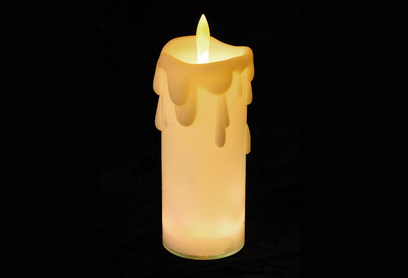
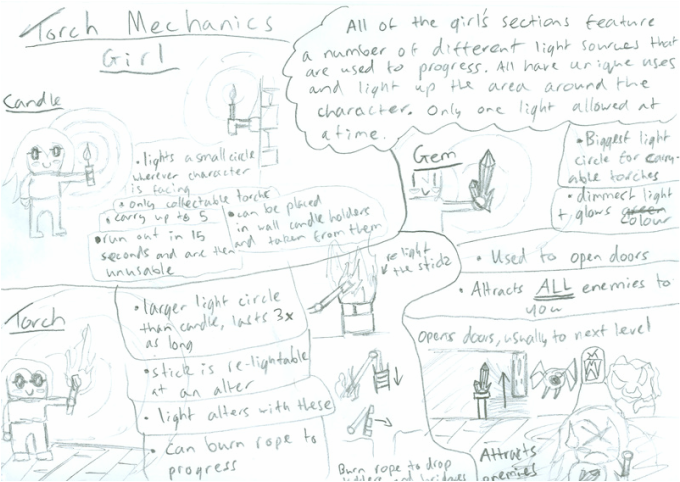
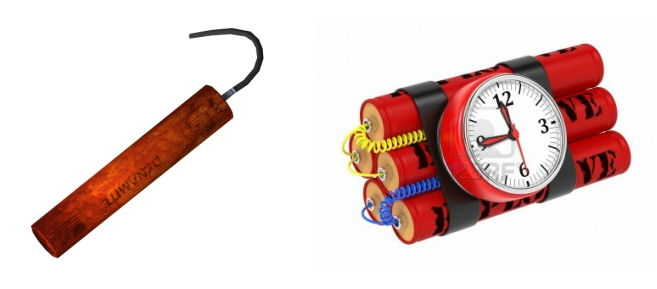


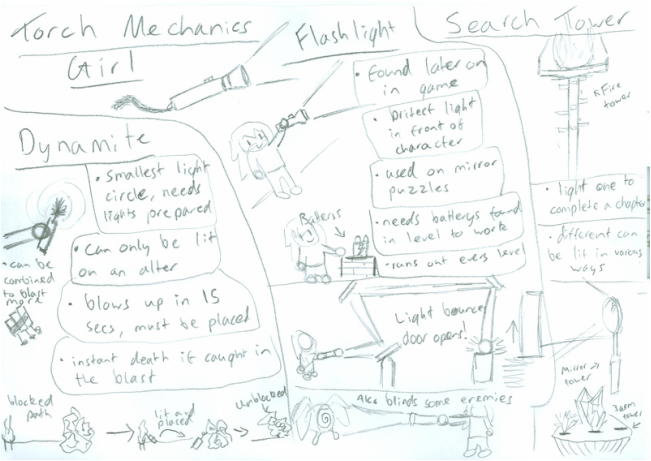
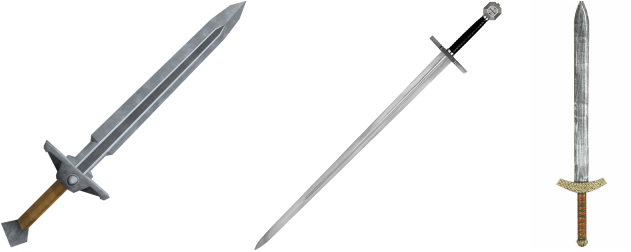

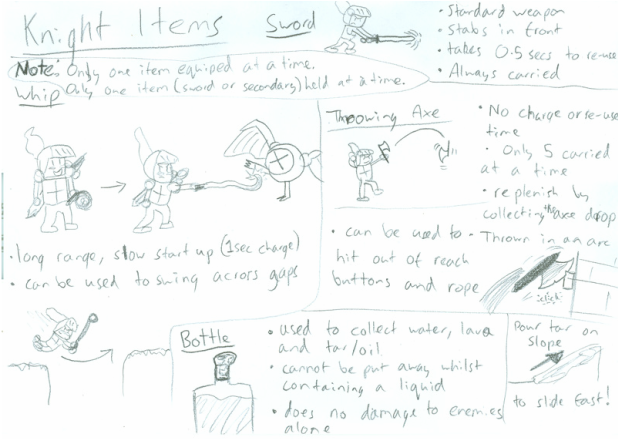


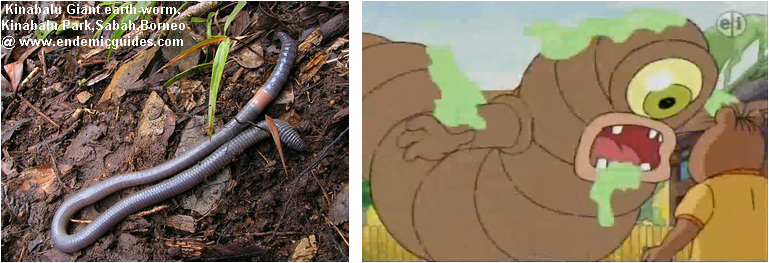

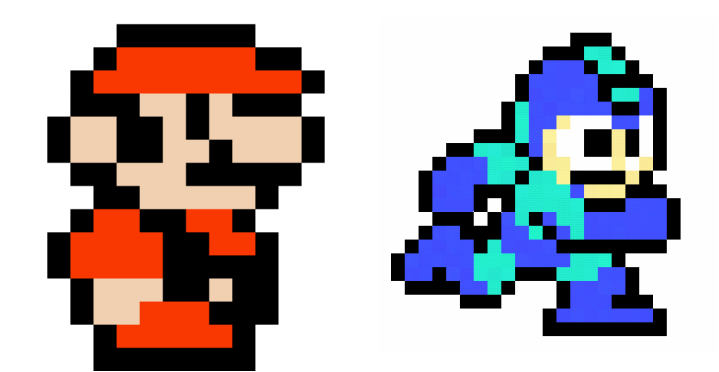

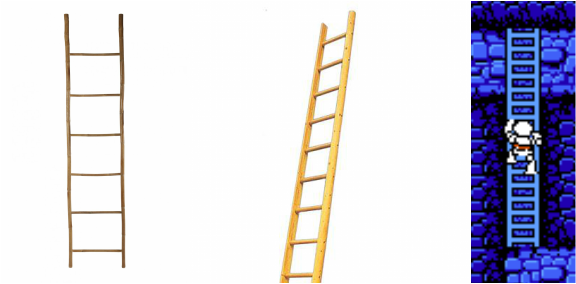


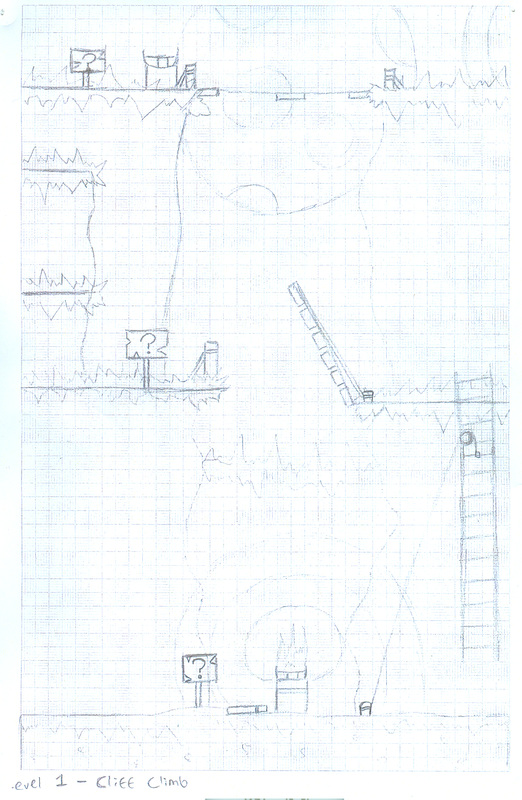

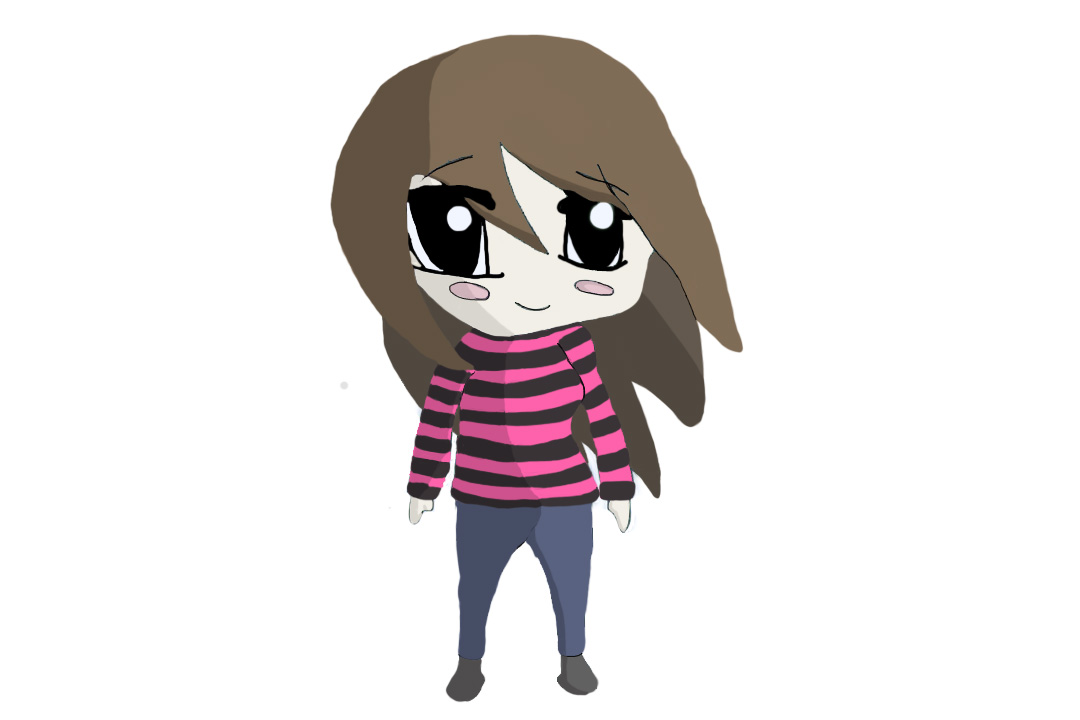

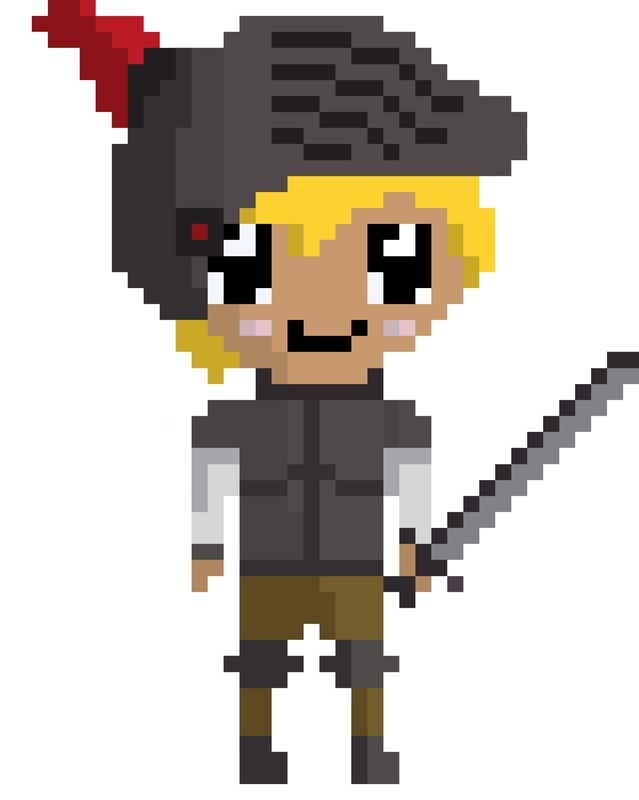
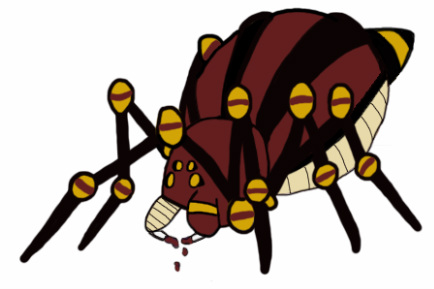

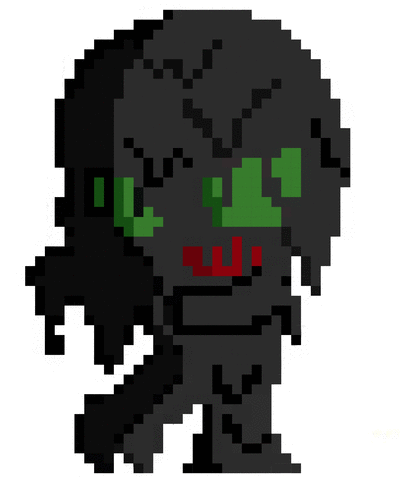

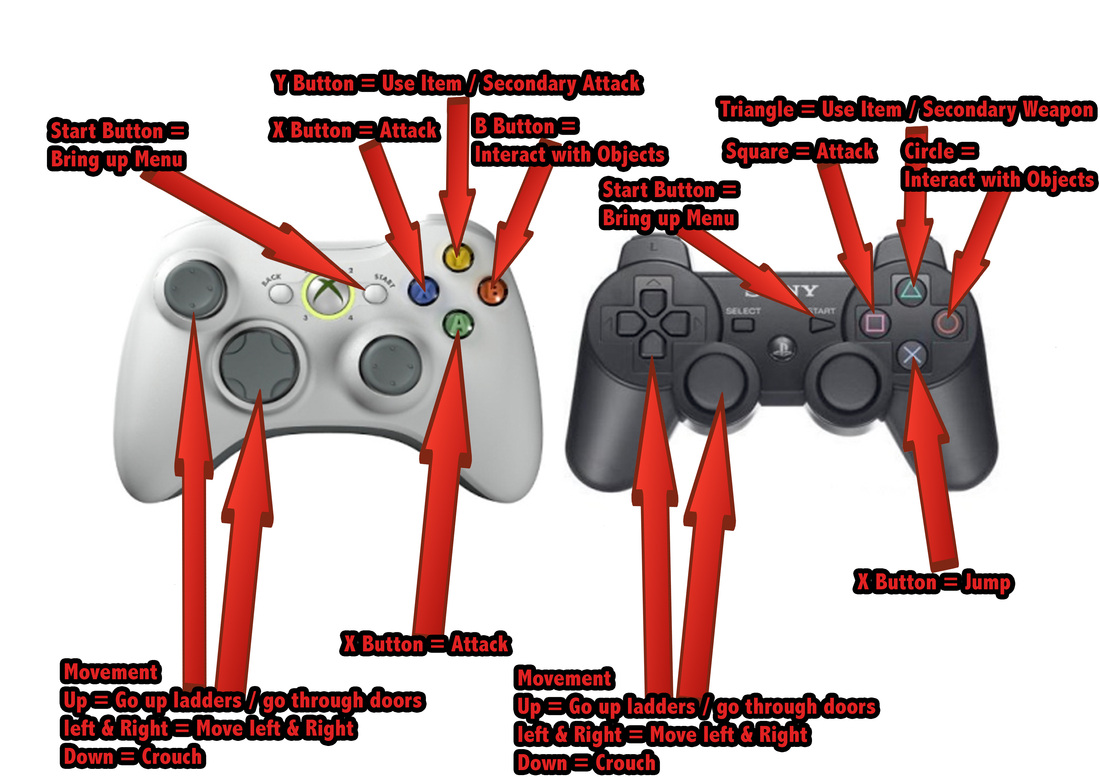

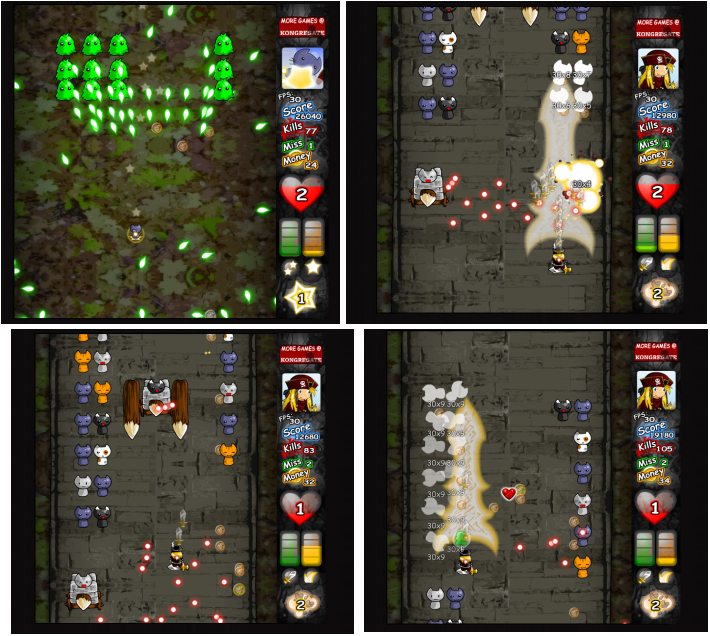
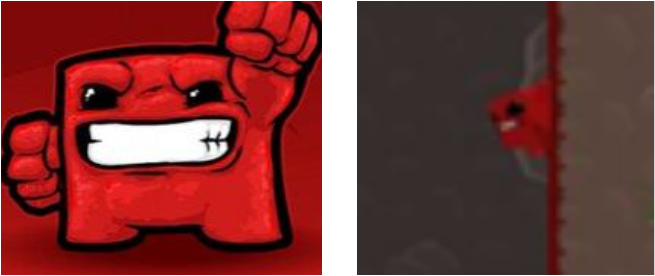
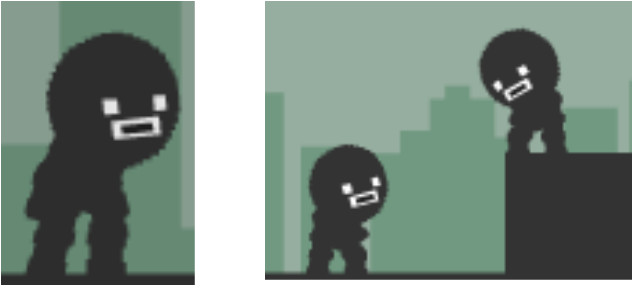
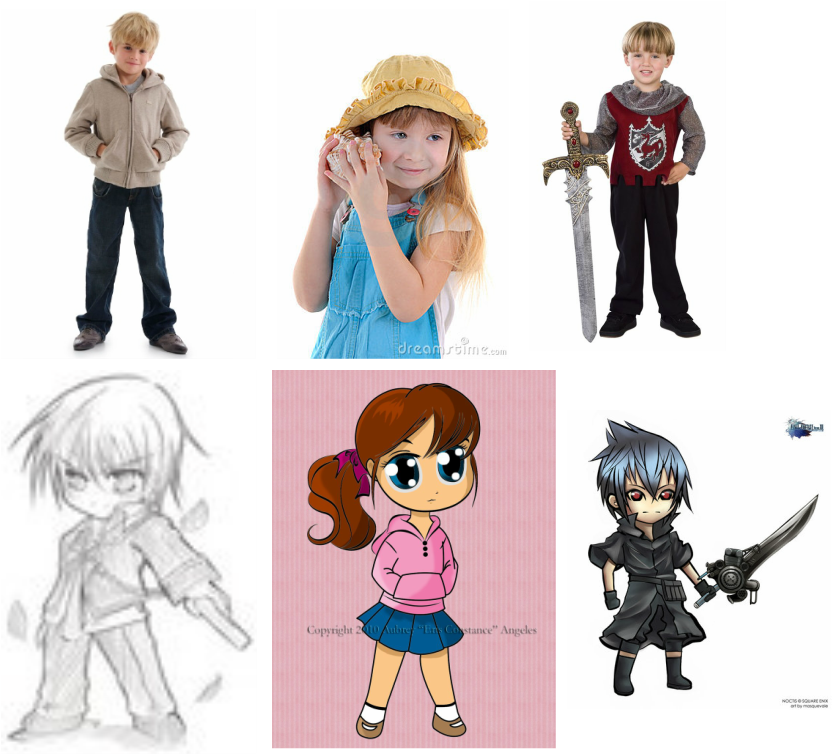
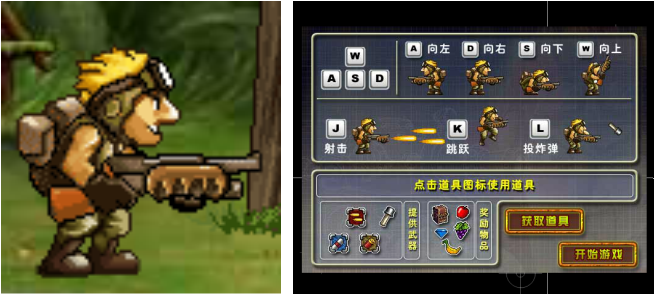
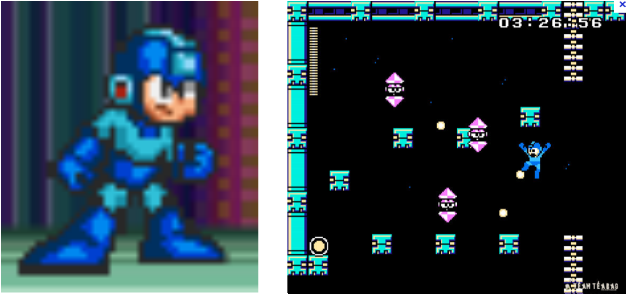

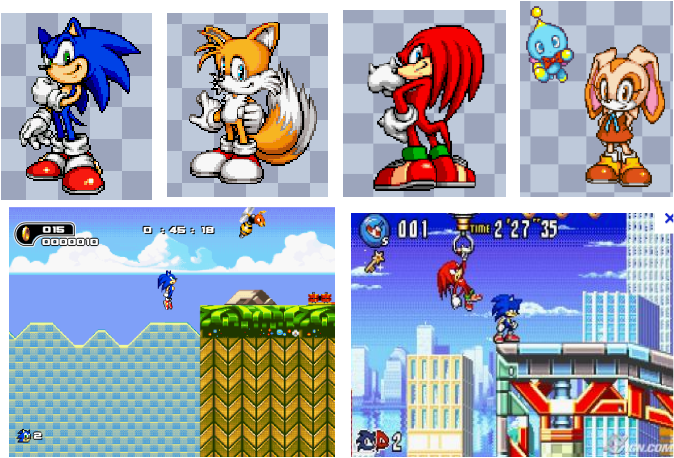
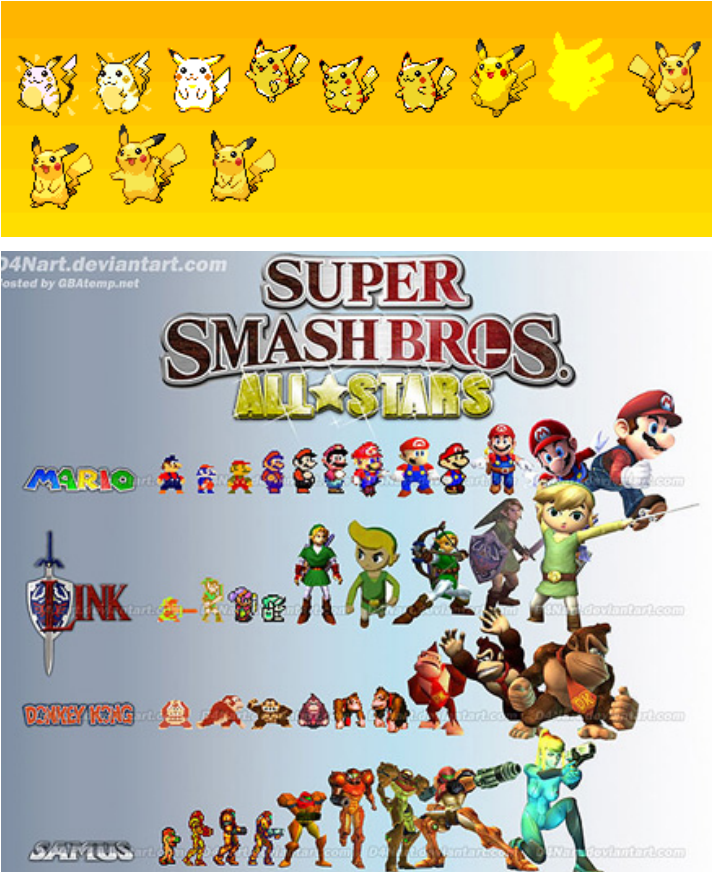
 RSS Feed
RSS Feed